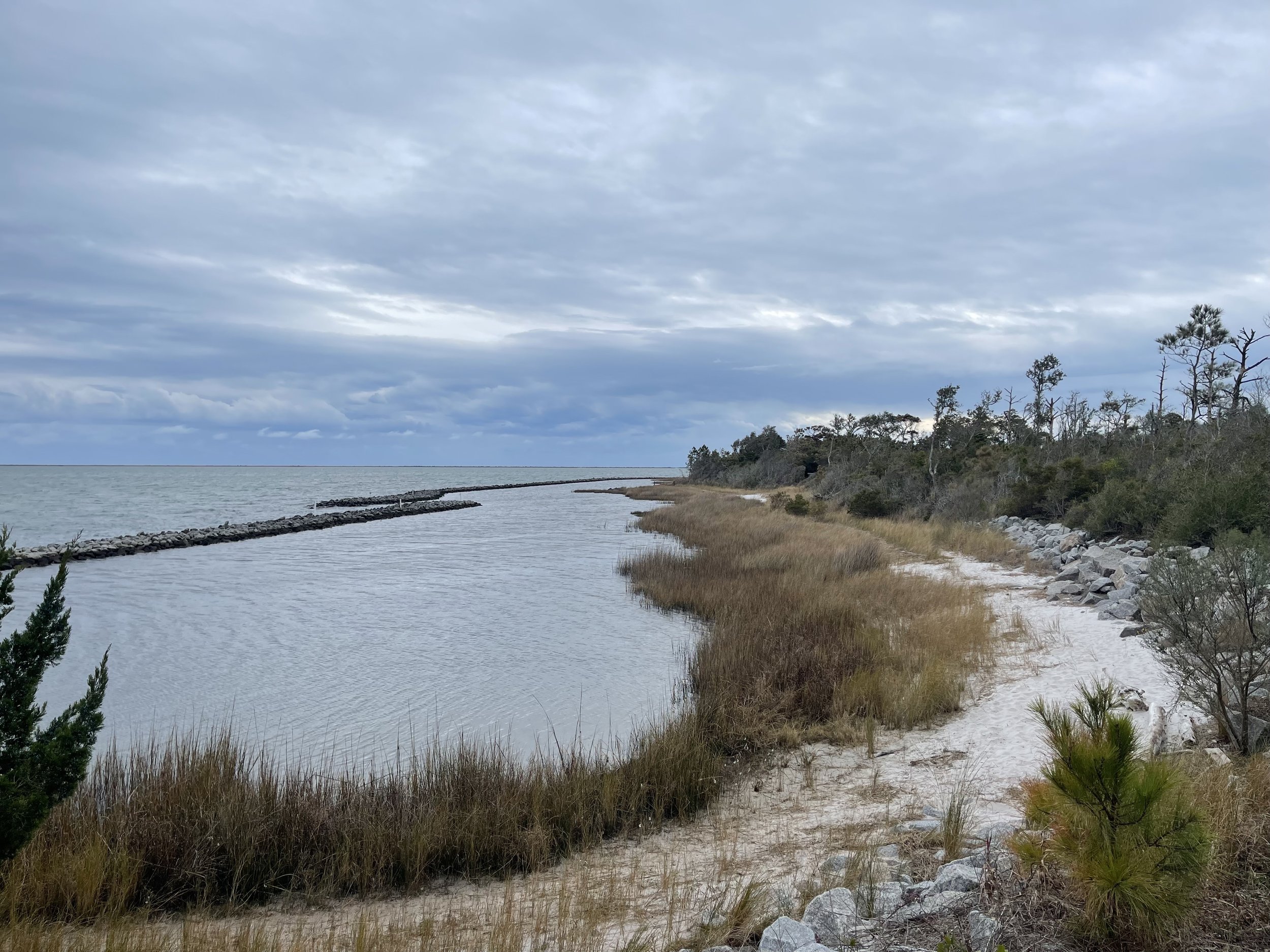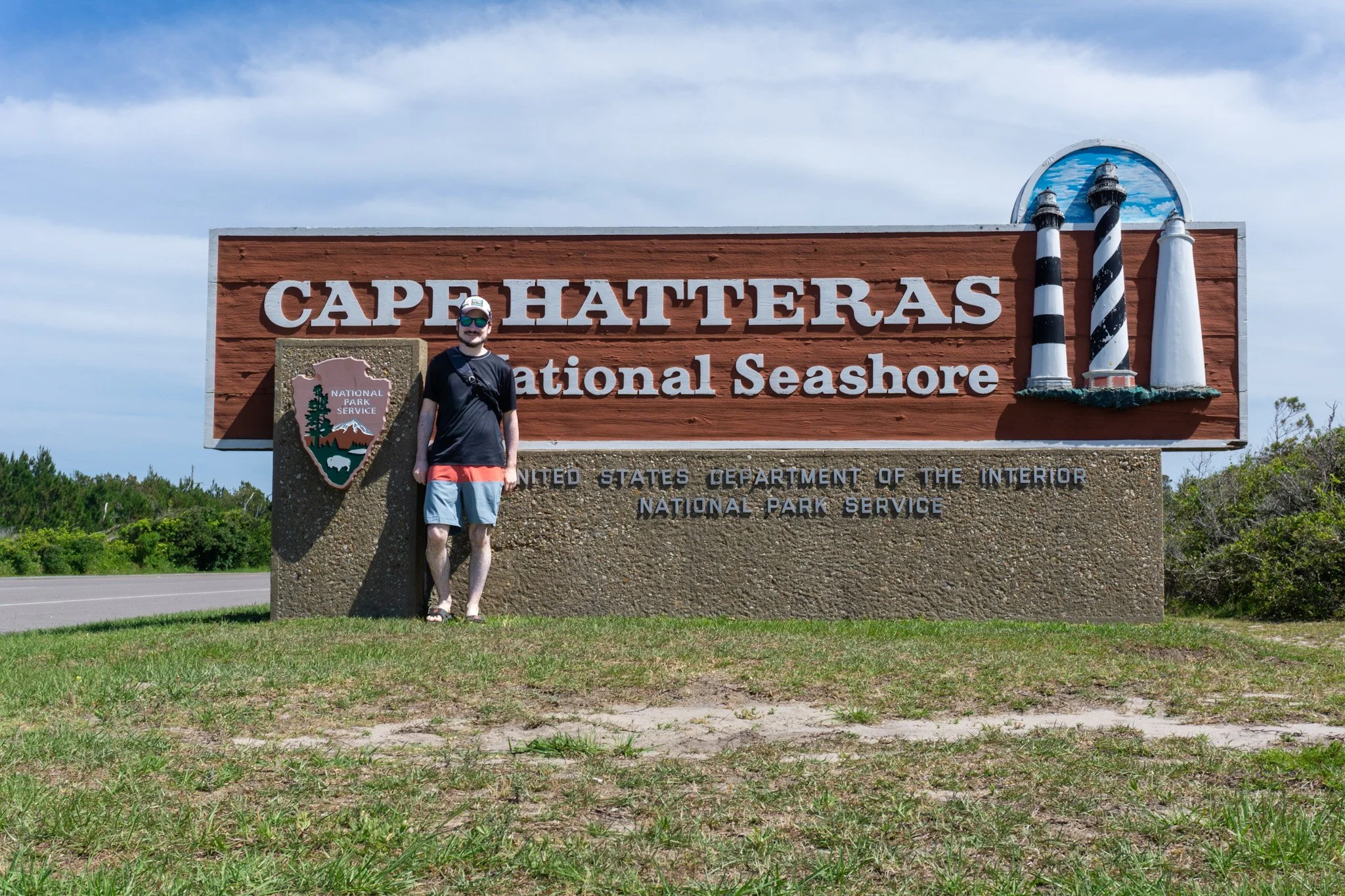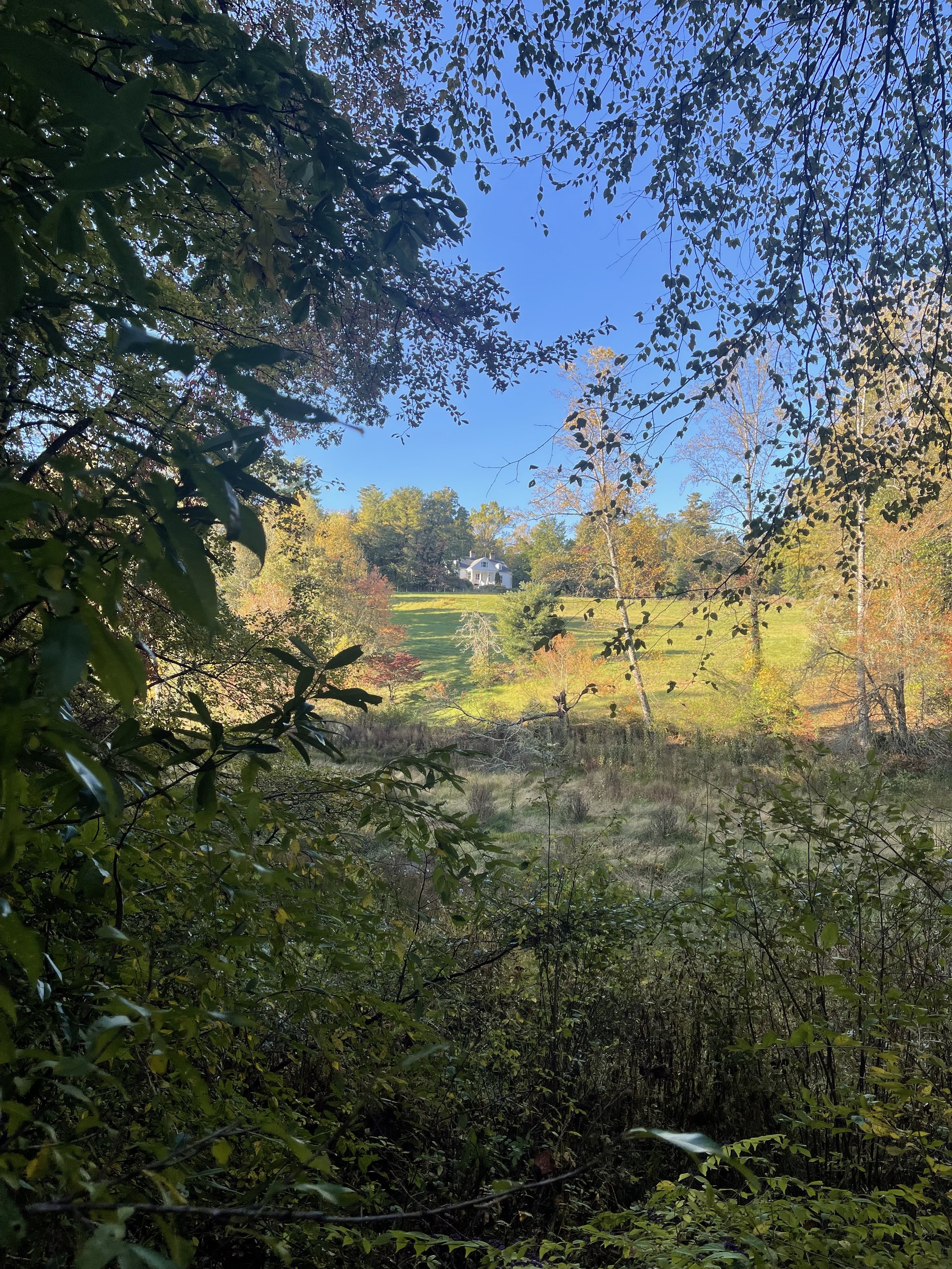Road Tripping Through the National Parks: North Carolina
With its vast array of mountains, ocean landscapes and American Revolution history, North Carolina has a lot to explore when it comes to the National Parks. It’s similar to its northern neighbor, Virginia, in that it’s almost impossible to visit all of the state’s national park sites in one visit, but I have a way to do it. Start by going to one of the more popular airports on the eastern seaboard Charlotte Douglas International Airport. Grab a rental car, and take the three hour and fifteen minute drive to Currie, North Carolina.
Currie is the home of Moores Creek National Battlefield, and the area is reminiscent of some more southern areas with its swampy and humid setting filled with spanish moss. The battlefield preserves the site of a significant victory for patriot forces over Scottish and loyalist forces in the early days of the southern campaign in the American Revolution. A hike along the park’s main trail (the History Trail) and a stop at the entertaining visitor center will wash any jet lag or car weariness that you may have away.
Day two unfortunately begins with another long drive of two hours and fifteen minutes to Cape Lookout National Seashore. The drive is once again worth it as you get to witness the striking and constantly changing scenery of the Outer Banks. Stop in at the visitor center to watch a park video that is of such high quality that they even got Meryl Streep to narrate it. Spend the rest of your time at the park by taking the ferry over to the Shackleford Banks district of the park. There you can spend time bird watching or beach combing. If you are lucky you will be able to see the park’s famous horses. Set yourself up nicely for the next day by taking the three hour drive to the Cape Hatteras area.
Cape Hatteras is the tourist area of the Outer Banks, which may take some appeal away. However, Cape Hatteras does have three national park sites, which means there is a lot to do and see. You can spend your morning by taking a walk around the grounds of Fort Raleigh National Historic Site, which preserves the area of a failed colony whose inhabitants mysteriously disappeared. It’s a great walk that brings you through a maritime forest right up to the water's edge. Next drive over to Wright Brothers National Memorial. This preserves the site of the Wright brothers’ famous first flight. The park’s visitor center is quite informative and looks stunning. You could spend a good portion of your day just in the building. However, you will want to take a walk up to Kill Devil Hill, which offers expansive views of the flight ground and much of the Cape Hatteras area. You can spend the majority of the remaining day at Cape Hatteras National Seashore, which preserves maritime wilderness and history throughout the islands. You will only have time to check out the Bodie Island and Hatteras Island districts of the park (you will need to take a ferry to Ocracoke Island if you want to go to the final district in the park). However, Bodie Island offers great access to one of the park’s three famous lighthouses, and Hatteras Island offers great opportunities to see some of the park’s wildlife. Conclude your day by enjoying Fort Raleigh National Historic Site’s theatrical production of The Lost Colony, a play about the history of the area.
Day four begins with a long drive of slightly over four hours to Guilford Courthouse National Military Park. This park preserves the site of a major battle in the southern campaign of the American Revolution. It was ultimately a pyrrhic victory for British forces as they ran too low on soldiers and resources to continue their campaign into the south. They decided to move their way back to Yorktown, Virginia, where they ultimately lost the war. The park’s visitor center does a great job explaining the significance of the battle, and the park’s placing of monuments and markers throughout the area’s many trails give ample information and picture opportunities to anyone who is fortunate enough to visit this park. Conclude your day with another long drive of three hours to the Hendersonville, North Carolina area. It will set you up for another great day the following day.
Day five begins with a visit to Carl Sandburg Home National Historic Site. This park preserves the home of the famous poet and biographer. While the park does offer tours of the historic home and the park’s still active farm, the highlight of the park is the surprisingly vast array of hiking trails. They give you a perfect introduction to the southern Appalachia setting. That’s a great preview for your next park as you will now make the hour long drive to North Carolina’s only proper national park: Great Smoky Mountains National Park. The Great Smokys preserve the eponymous mountain chain, which is one of the most biologically diverse areas in the world with numerous tree, amphibian and mammal species. Great Smokys is the most visited national park proper in the country so don’t get too carried away with your ambitions on your first day. Check out the Oconaluftee Visitor Center, where if you are lucky you may be able to catch a glimpse of an elk on the surrounding lawn. Then check in at the Smokemount Campground, where you will be staying during your time here. Smokemount has some interesting hiking trails once you get away from the horse trails. A nature trail gets you close to some of the park’s flora and an offshoot from one of the horse trails really packs a punch with its elevation gain.
Day Six begins with a drive to the Deep Creek district of the park. The Great Smokys are famous for its many waterfalls, but your best opportunity to see them is on this district’s main trail. It offers views of three different waterfalls as you do a loop around two different streams. Once you’re done enjoying the area, make your way to Newfound Gap. This is the location of the North Carolina-Tennessee state line, which splits the park in two. You can pick up the famous Appalachian Trail here. Charlies Bunion, an interesting rock formation that offers expansive views, is not too far away along the trail.
Your final day begins with an early wakeup call as you travel to the park’s most remote district: Cataloochee. You can treat your visit to this district as if you were on a safari. Elk are pretty common here and you might just be lucky enough to see a bear too. Once you’re done exploring you have now seen all of North Carolina’s national parks.








